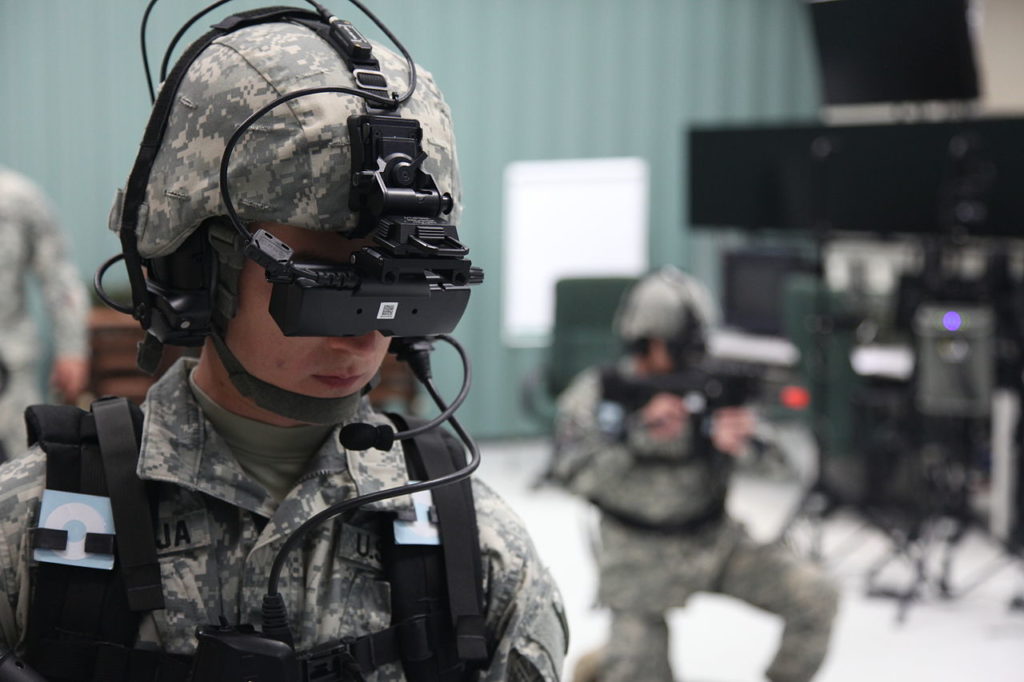
Military training for the armed forces can be intense, stressful and in some cases, extremely dangerous. However, recent developments in technology have allowed military leaders to change how they provide training, making it less dangerous and cost beneficial, without taking away the natural skill set that military personnel can gain from training. Virtual reality has been turned to for providing immersive experiences such as mission training to live fire exercises which can provoke realistic reactions as if they were in a real-life environment.
Varied Tailored Experiences Can Be Created
Due to the flexibility of the virtual reality technology, different scenarios can be created to tailor different service needs, allowing it to be introduced relatively early in a military personnel’s career. Depending on the military member, the programs created can test physical strength, skills and various other boot camp exercises. This means military leaders can focus their attention elsewhere within the boot camp.
Military personnel will come across many tactical exercises as they look to reduce as many casualties as possible in real-life scenarios. The benefit of VR allows military leaders to create these scenarios in the environment effectively, whilst also making it realistic by deploying the technology overseas if needed.
Medical officers will be involved in extremely high tense situations when trying to deal with casualties on the field, but this can be extremely difficult to recreate in a classroom. Virtual reality can place the medics in a realistic battle setting that can help them to better cope from the chaos found in a battlefield situation, like dealing with military brain injury whilst shots are being fired across the quarters.
Creating training exercises that involve flying or driving can be extremely costly if vehicles become damaged or fuel is constantly being used. Vehicle and flight simulations can be easily created where soldiers can learn to fly planes or handle vehicles through a virtual reality experience. It can take the soldiers through real-life emotions and sensations which will help to prepare them for the actual field experiences.
Customisation Capability
Classroom training is a completely different experience compared to the on-field battle. Virtual reality can create highly complex scenarios that can feel extremely realistic to the user. There are various elements within a battlefield including other soldiers, vehicles, ammunition etc. which can be difficult to recreate in a traditional way. VR creators and designers can create an environment that considers the very fine detail with great accuracy.
The programs that are used to create virtual reality environments means that training exercises can test more than just one skill as designers have the ability to incorporate different scenarios within the same situation. Military personnel can be immersed in all kinds of situations to test their abilities and can be drawn away from the traditional classroom setting.
The biggest benefit of technology is that it is being developed with a generation that is engrossed in electronic experiences and digital information. Video game experiences, in particular, is a technology that over time encourages users to sign up to the military. Using virtual reality within the military can help them to relate to scenarios they may come across through gaming. Although not entirely comparable, it has relatable factors that can be transferred.
Introducing virtual reality into the military can have major benefits which can be cost-effective and safer. It can save military solicitors being used if training accidents were to happen and the training can become more complex to really test the abilities of the troops.